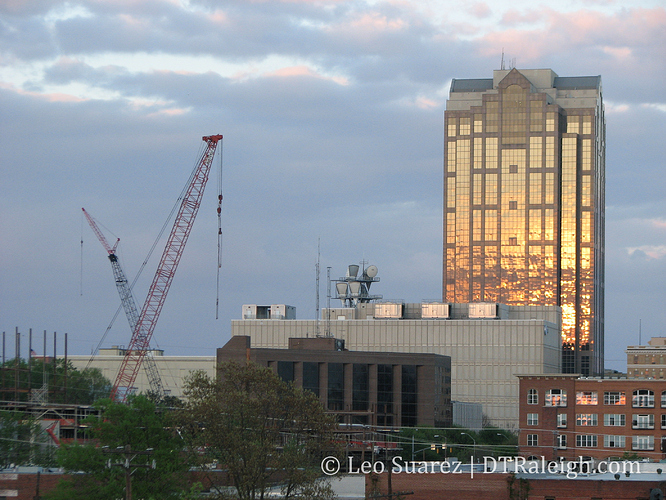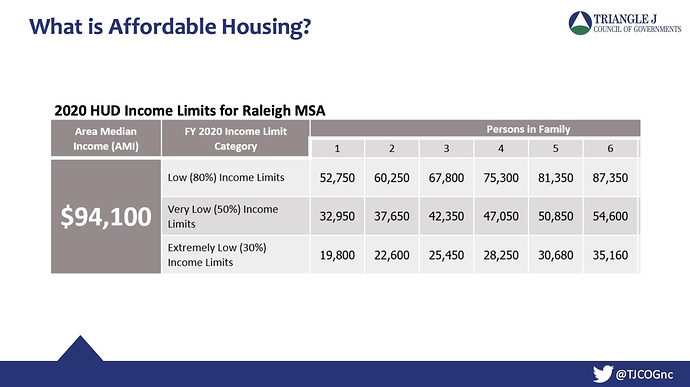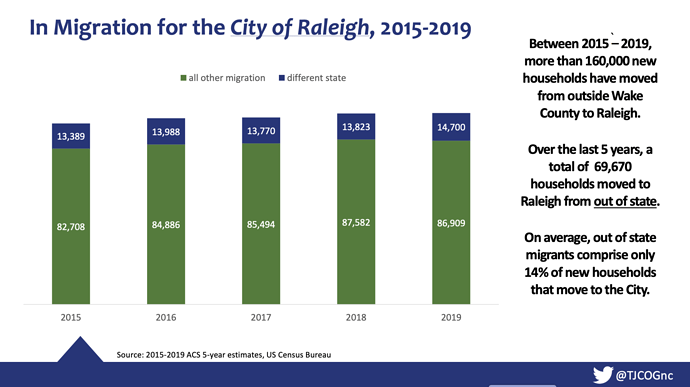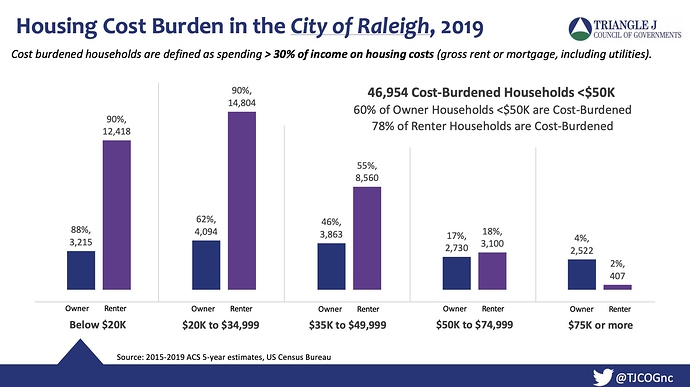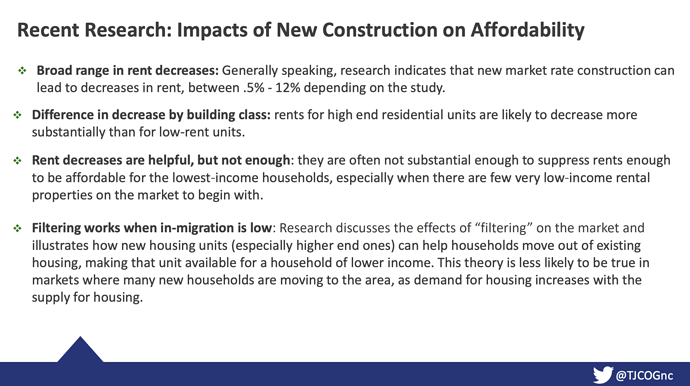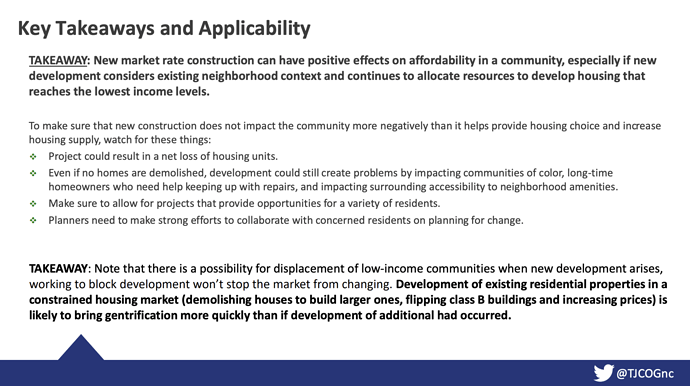Am I the only one that doesn’t hate the Revisn Hotel building? It reminds me of something you’d see in Miami - stark white, but with accents of bright color. It’s different from the usual grey/beige box. I really don’t hate this building at all.
I am neutral about the architecture. 100% fine with it. I like it because it is a building, where none previously stood. I would rather have 100 exact copies of this than 100 empty lots.
I don’t want to say that aesthetics don’t count for anything, but it is way way less important than most Americans would have you believe. Aesthetics are also one of the many wedges that can be easily abused by NIMBYs to make it hard to build. Lamenting “Why do all these apartment buildings look the same?!” Is a NIMBY rallying cry. We would be better off, I swear, not caring about aesthetics nearly so much.
Seriously guys, go to Japan. So many of the buildings there are just utterly banal. Overhead utility line clutter is EVERYWHERE. It’s frankly a bit off-putting at first! You might be tempted to think “Ugly” But then you realize that those “ugly” streets are just utterly teeming with life. Apartment buildings in form factors and on tiny lots never dreamt of in the US or Europe. Small businesses crammed into spaces half the size of a single-car garage. And none of this would be possible if they managed development in a way that sends builders back to the drawing board repeatedly to micromanage articulation or fenestration.
Maybe it was something that would be built in Miami in the 80s & 90s, but not today. And, if it was built in “Miami” today, it would more likely be seen in a far west suburb like Doral, not downtown or any of the city’s cool neighborhoods.
I like a little color 
I just see Howard Johnson’s
Does anyone know if The Hue was stick built?
I went into the archives to look for a photo and don’t have anything solid but I do think it’s steel according to this old pic I took in April 2008.
This place needs to be a model for other buildings honestly. That’s just my opinion 
I think that it was built prior to the code change that allowed all of these stick built residential buildings.
It’s not stick built.
Looks like it is. Type 3A podium http://www.clinedesignassoc.com/projects/crescent-cameron-village
The Planning Commission met yesterday, and heard a presentation from the Triangle J Council of Governments that’s basically a more professional and put-together debate about market-rate housing and its affordability that we often already have on this site:
Some key takeaways from this talk (click on each part to see the slide):
The US Dept. of Housing and Urban Development defines 'affordable' houses based on the area median income. It's higher than you'd think, in Raleigh.
Federal policy assumes you shouldn’t have to spend more than 1/3 of your paycheck on housing. Around here, this means:
About 86% of people moving to Raleigh in 2015-19 have moved from somewhere else in NC; less than 1 in 5 new residents are from out of state.
Unlike what your Econ 101 class taught you, in low-wage jobs in Raleigh, job growth does not trend with wage gains.
Thanks for that summary.
I wonder how much the universities (especially NC State) contribute to the numbers of people who move to the city from within the state?
Not much. 4665 students enrolled at State last year, and the 2018 data (the most recent one I could lazily find) says about 15% of first-years are out-of-state.
That’s about 4000 and 600~800 students moving from in- and out-of-state, respectively, each year, which is like five percent in each of those categories.
If the data is just about the city proper, then that’s not an insignificant number.
Re: “Rent decreases are helpful, but not enough” – the lowest-income households in America have always struggled to afford not only housing, but also food, medicine, and other daily necessities. Yet somehow, the societal conversation around poverty somehow just results in people calling for regulating one sector (housing construction). Addressing poverty requires a commitment from all of society, not just 4% of the economy.
(Also, I wonder if that owner vs. renter graph is flipped?)
Yep, it was cement-block schlock Tokyo that radicalized me on the notion that it’s entirely scale, and not aesthetics, that make for lively, adaptable, humane cities:
Compare that architecture with, say, European palaces – fine architecture, but completely deadening because everything’s huge.
Love the article, but I think the point is that we’re getting mediocre architecture that is also huge. If these were human-scaled buildings, you’d naturally get more diversity and texture, and therefore more interest when you walk down the street.
Because of their prominence, people are prone to noticing the impact that these massive, banal superblocks are having on our built environment. Even if the problem is more experiential than aesthetic at its core, improving the latter is one good way to improve the former. There has to be a way to breathe some life into these things, if we can’t have the granularity of Tokyo.
Kill parking requirements and that will bring about instant granularity.
Those smaller-scale apartment buildings along Hillsborough Street have 16 units because that is the maximum allowed by the UDO without having to build parking.
2304 and 2604 Hillsborough, and 105 Friendly, would all be relatively at home on a street in Tokyo. There are a few more that do have parking, but have more units than spaces.
Right now, the 16 unit provision is only allowed in very limited parts of the city (which includes downtown.) Why not expand it?
Oh geez, there are just so many regulations that make granularity impossible.
Raleigh’s making a start with the “missing middle” text change. Right now, it’s plainly illegal to build even a triple-decker (three stacked units) anywhere in Raleigh unless you have at least 1/4 acre. Contrast that to, say, Sesame Street – which is entirely small apartment buildings on 1/17 acre Manhattan lots. Or the Chicago of “Family Matters,” which is all 1/14 acre lots.
Or how about the buffer rules? If you’re in an NX/OX/CX district, your triple-decker has to set aside 100’ of… nothing… between the building and any adjacent residential district. Because “open spaces,” not fences, make good neighbors?
At least those are rules that Raleigh’s working on. Then you’ve got to address the parking requirements that pretty much rule out anything that can’t fit a 60’ wide parking lot in the back. Then the building code, which require two elevators + two stair towers for almost any apartment building, whether it’s got 10 or 200 apartments. Then bank lending officers, who pretend that anything between one and 200 units just does not exist… hmm, maybe I should just write a book.
